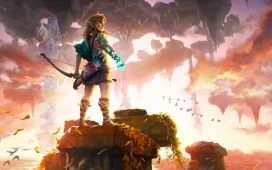Nintendo’s top executives answered questions about the Japanese company’s latest financials this week, including responses from president Shuntaro Furukawa and gaming legend Shigeru Miyamoto. I’ve posted the queries and answers here for game makers and wannabe game makers alike.
On backward compatibility for the Switch 2
If Nintendo built backward-compatibility into the Nintendo Switch 2, would that hurt sales of the new device? That question was posed today to Nintendo president Shuntaro Furukawa in an analyst call.
He said in response that the company decided the best direction for consumers would be to enable them to play their already-purchased Nintendo Switch games on the successor device. With this option, they could choose to play older games or select the new ones that intrigued them. In other words, this was the best value for consumers.
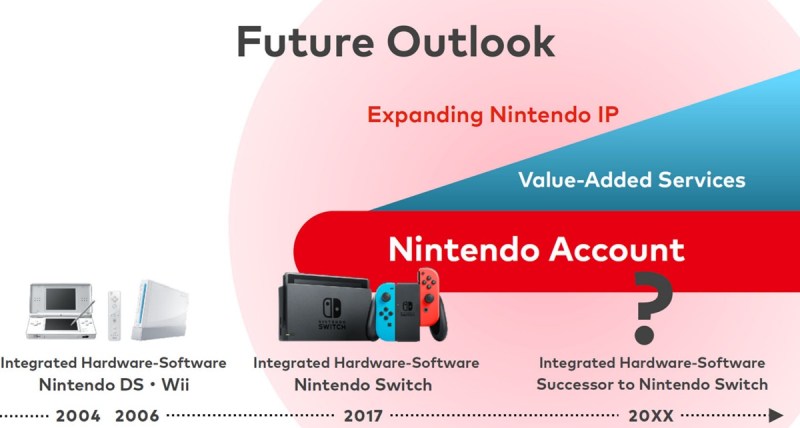
“We will continue to use various ways to convey the appeal of the successor to Nintendo Switch like we have always done as a company that provides integrated hardware-software entertainment,” Furukawa said.
He then said the successor device would be released at a later date.
On Nintendo’s rising R&D costs

Another query focused on Nintendo’s rising research and development expenses, which were up 15% in the most recent six months, and the current state of the game market and rising dev costs.
Shigeru Miyamoto, executive fellow and representative director and board member, replied, “Our research and development expenses have been increasing each year. Since our scale of development has grown, a corresponding increase in costs is, in some respects, inevitable.”
He added, “However, our belief is that what we create is more important than the amount spent on development. We continue refining our products until we are confident that we have created something that our consumers will be satisfied with. With that in mind, what is important is to find ideas that are worth honing, and this has not changed since the era of Nintendo Entertainment System.”
Miyamoto is a legend of game development, having created iconic Nintendo games from the Mario titles to Donkey Kong.
“Everyone has different interests, so we cannot make sweeping statements about what ideas are worth pursuing. However, one thing we are sure about is that it should be something which has not existed in the past,” he said. “The more you polish something that has never existed before, the more value it brings. We believe that it is important to nurture developers who take this unique concept to heart, allocate funds to development if necessary, and release games only after we are confident in the product – and repeat this process over and over again.”
And Miyamoto said, “On the other hand, in the entertainment business it is possible to create appealing products based on intriguing ideas, without incurring significant costs. Children’s toys are a prime example of this. We believe that not all products require large costs. Even in the case of video games, with the current technology it is possible to create fun games with a small number of developers in a short period of time. We believe it is important not to lose sight of this perspective.”
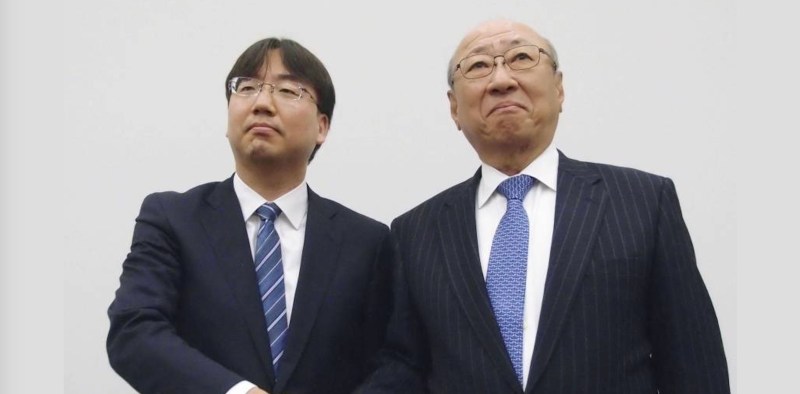
Shinya Takahashi, senior managing executive officer, said, “I believe unique titles that are small in scale, but worth polishing can be created by expanding on the ideas of a small number of developers, rather than spending large sums of money on every game. While overall research and development costs are rising, there are certain products for which expenses remain relatively stable, depending on our approach.”
He added, “Moreover, the development software and environments for Nintendo Switch have significantly evolved compared to those of previous hardware, which provides various methods to mitigate cost increases. We have established an environment that uses these advancements where Nintendo’s unique producers can create games.”
Ko Shiota, senior executive officer, said that from a hardware and system perspective, the company believes it is important to provide an environment that enables game developers to work efficiently.
“As explained in today’s presentation, the merging of home consoles and handheld systems allowed us to integrate what previously were two separate software development environments. Because we are already familiar with Nintendo Switch, maintaining a similar basis for development environments in the future will allow us to carry over the experience we have already built, which should lead to a reduction in research and development costs over time,” Shiota said. “I believe that the most important thing for Nintendo is how we create new ideas. Bigger budgets do not necessarily equate to better ideas, so we hope to continue to focus on a process where teams of hardware and software developers share ideas to create interesting things.”
Furukawa added, “In order to create very Nintendo products which integrate hardware and software, we must invest in the development environment. Investments in the development environment, such as the spending for the Corporate Headquarters Development Center, Building No. 2 (tentative name) described in today’s presentation, are a key initiative in our utilization of cash on hand.”
The launch of Nintendo Music and the ambition for Nintendo Switch Online
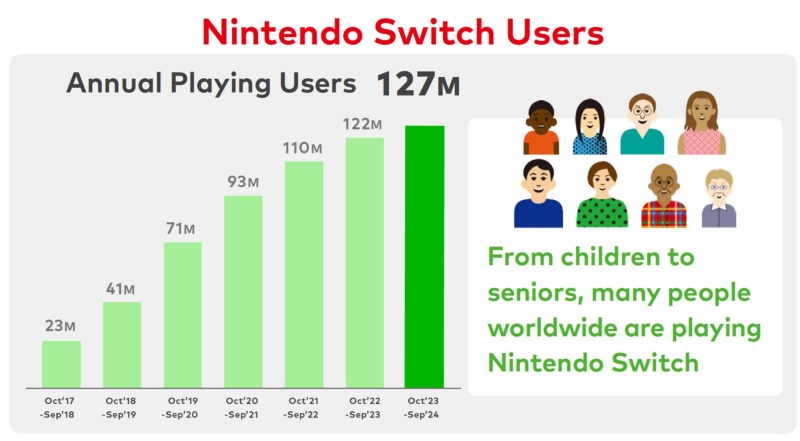
Another query referred to the launch of Nintendo Music, an application for music streaming available to Nintendo Switch Online members. The questioner wanted to know more about the direction that Nintendo is aiming for with Nintendo Switch Online.
Furukawa said the Nintendo Switch Online is designed to enhance the experience of using Nintendo Switch and that basic objective remains unchanged.
“Nintendo Music is an app for Nintendo Switch Online members to listen to Nintendo game music on their smart devices. Game music is an important part of our content library, and we believe the service aligns with our strategy to expand the number of people who have access to Nintendo IP. We launched Nintendo Music to deliver this game music to our consumers in a way unique to Nintendo,” he said. “We think that if people listen to Nintendo Music and that brings back memories of playing our games, it might encourage them to pick up those games again. In turn, we hope that Nintendo Music will become an additional reason for people to maintain their Nintendo Switch Online memberships.”
Miyamoto’s words for new employees

Another query referred to a talk that Miyamoto gives to new employees every year, as referenced in an article about the Nintendo Museum. The questioner asked how a genius like Miyamoto could pass along his creative thinking to others in the company.
Miyamoto said he did not think of himself as a genius and instead, “I consider myself quite ordinary.”
He said, “Each year, I give a talk to about 100 to 200 new graduates and mid-career hires, and afterward people often say that they were wondering what kind of person I was and were relieved to see that I was surprisingly ordinary. I often think it would be fun if I didn’t have to work, so I’m always thinking about things like, well, if I have to work, how can I do it more efficiently. And if I am going to do the same work, how can I make it more of a hit, because when a project is a hit it makes future work easier. In the talk I give every year, I touch on those challenges that come with creative work.”
He said his annual talk is divided into three parts. The first part covers the history of Nintendo, starting with hanafuda playing cards, moving through toys, and leading to how it became the entertainment company it is are today. The second part focuses on what Nintendo values in game creation and what its strengths are.
“For instance, I discuss the evolution of the game interface by tracing the development of our controllers since the arcade days,” he said.
In the third part, he said he addresses game design. New developers, especially those who are avid gamers, oftentimes aspire to create upgraded versions of the games they have played before, but he explains that game design is not about that. Rather, it is about observing the world around us and figuring out how to assemble those elements into an engaging video game.
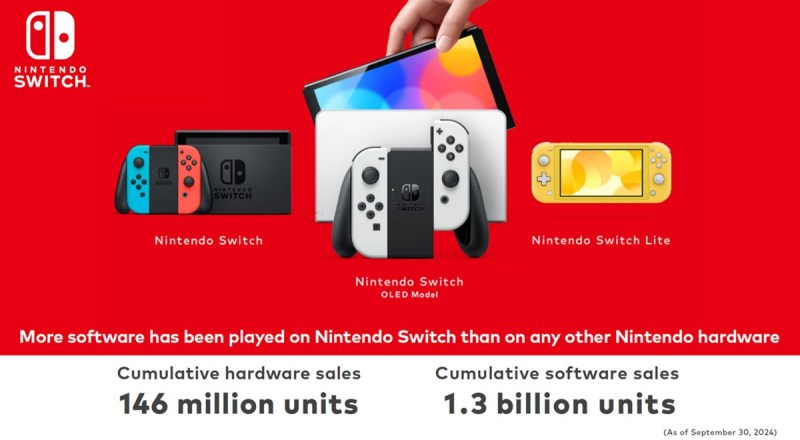
“I explain that game design is about planning. That is, it is about assessing what hardware and development environment to use to create the game, whether the desired game can be realized with its available processing power, and engaging in trial and error to bring it to life,” he said. “Many attendees find this perspective refreshing in that it is different from their own concept of game design or feel that they sympathize with our philosophy of product creation. The talk only lasts about two hours every year, so to help employees retain what they have learned, I think it will be useful for them to visit Nintendo Museum to explore the history of our past challenges.”
Takahashi added, “The producers at Nintendo, who develop a diverse range of games, leverage their individual strengths to create unique products. They listen to various stories from Mr. Miyamoto and
collaborate closely with him to create games, each person considering how those ideas can be applied within their own areas of expertise.”
And Takahashi said, “The producers reflect on what Mr. Miyamoto has shared about his philosophy as they create games with their own aptitudes, and this perspective is shared with their development teams in the same form.”
Making hardware unique and easy to developer for
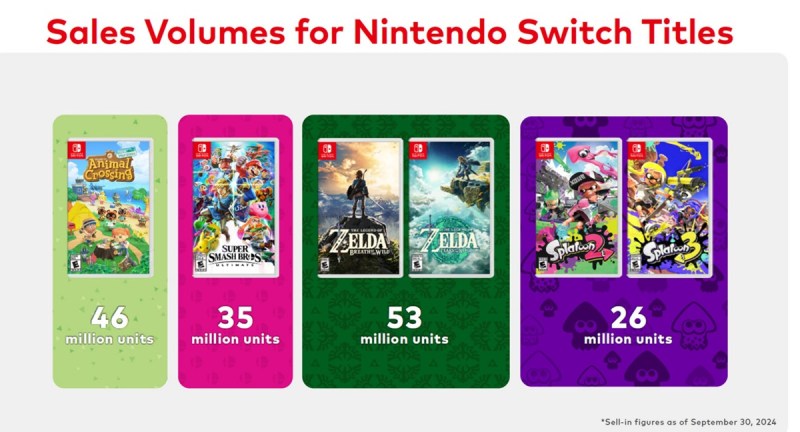
Another query focused on how to make a new hardware device unique as well as easy to develop for. It’s great if a device is unique, but software publisher may have a hard time making games for such a platform. (It’s worth noting that the Switch is so unique that game publishers often make games only for the Xbox Series X/S, PC, and PlayStation 5. Games such as Call of Duty do not appear on the Switch).
Shiota said that the unique features and characteristics of Nintendo hardware are not created by the hardware developers alone.
“We work in close collaboration with the software development teams to consider how to deliver a unique entertainment experience. Of course, we also consider the gameplay of other software publishers during this process as well,” Shiota said. “Throughout the development process, we create various prototypes and test how they feel, and then we refine the ones that we think are good. This iterative process is crucial. However, in recent years, not only are the hardware and software important, but the system software responsible for running both is growing in importance as well, making hardware development a collaborative effort involving the three groups of developers.”
Shiota added, “Nintendo has always placed emphasis on introducing unique products to the global market, so we will continue to carefully balance uniqueness with the ease of software development as we strive to create uniquely Nintendo products.
READ SOURCE


